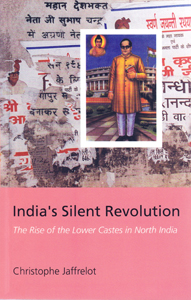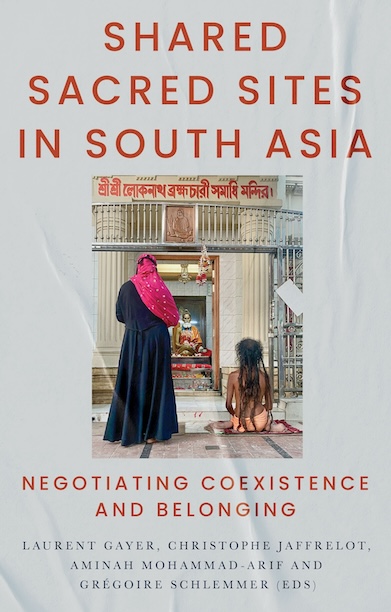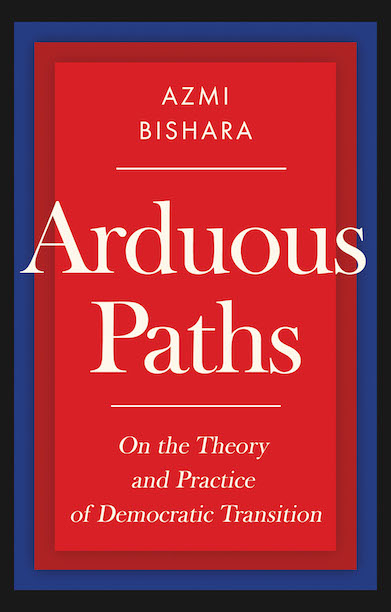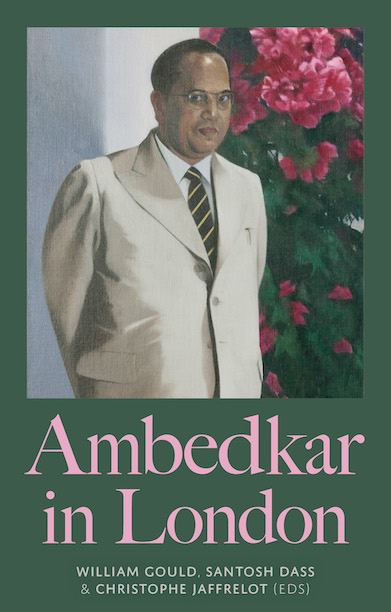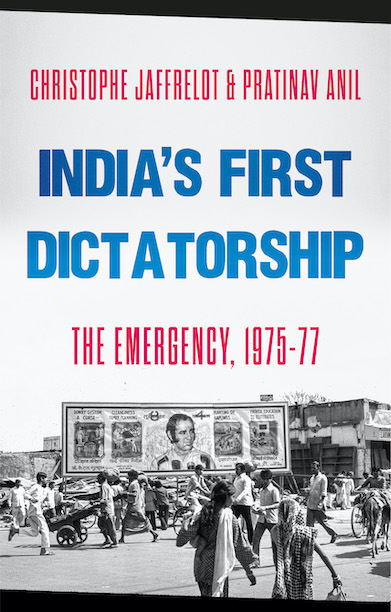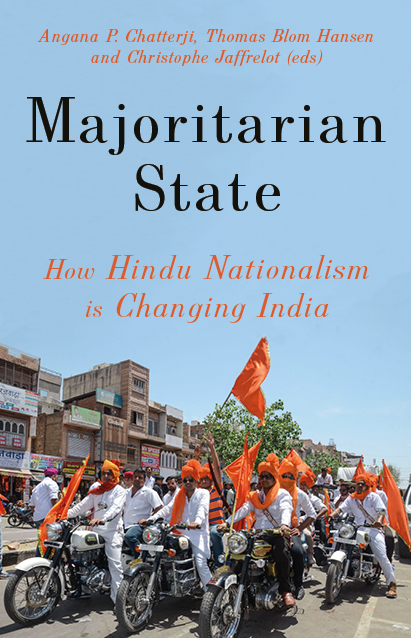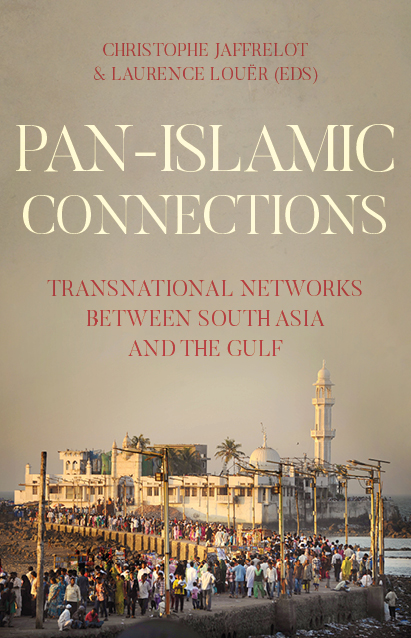India’s Silent Revolution
The Rise of the Lower Castes in North India
Part of the CERI/Sciences Po. seriesDescription
India has long been dominated by the upper castes, most notably the Brahmins and the warrior castes whose influence permeates society at every level. Since the 1960s a new assertiveness has characterised this formerly silenced majority (the lower castes comprise more than two-thirds of the Indian population). Its growing political consciousness was first epitomised by Charan Singh’s efforts to build a peasant movement and then by the demand for job quotas for the low castes that V.P.Singh articulated in the late 1980s and early 1990s. Today, many official posts are ‘reserved’ for ‘Other Backward Classes’, namely the lower castes. India’s most populous state, Uttar Pradesh is controlled by lower caste politicians, as is Bihar, and lower caste representation in national politics is growing inexorably. The author of this text argues that this trend constitutes a genuine ‘democratisation’ of India and that the social and economic effects of this ‘silent revolution’ are bound to mutiply in the years to come.
Reviews
‘A very fine and useful work, summarizing, synthesizing, and analyzing a vast amount of material to demonstrate an extent to which the transformations of caste politics have indeed led to fundamental as well as systematic changes in [the Indian] political system.’ —Prof Nicholas B. Dirks, Columbia University
Author(s)
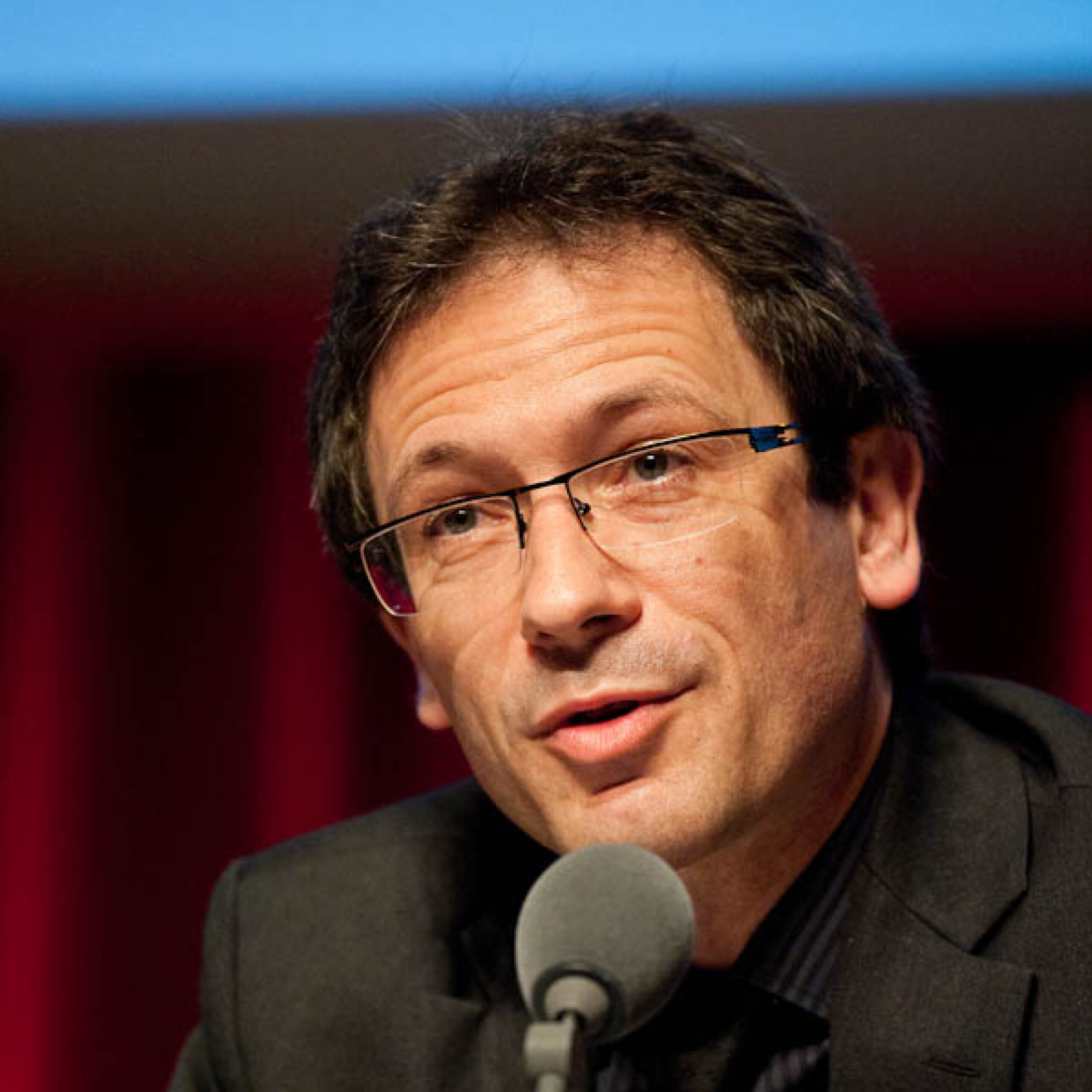
Christophe Jaffrelot is Avantha Chair and Professor of Indian Politics and Sociology at the King’s India Institute, and Research Lead for the Global Institutes, King’s College London. He teaches at Sciences Po CERI, where he was director between 2000 and 2008.
